Tags: Solar System

Saturn's Hidden Megastorms That Happened Centuries Ago Leave Long-Lasting Atmospheric Scars

How Hazardous Are Asteroids to Earth? Understanding Its Threat and the Reality of Near-Earth Encounters
How Cold Is It in Space? What’s the Coldest Space in Solar System?
Lost in Space No More: NASA Receives Hopeful 'Heartbeat' Signal From Voyager 2 After Communication Mishap
Near-Earth Asteroid Ryugu Was Born in the Outer Solar System: Shedding Light on the Origin of Celestial Neighborhood
What Happened to Pluto? Why Is It No Longer a Planet but Has Become a World?
Uranus-Size Planet Hiding at the Edge of Our Solar System Could Be Captured by the Sun
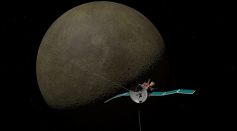
BepiColombo Probe Discovers Universal Auroral Processes, Revealing Astonishing Findings on Mercury's Atmosphere

Are 'Dark Stars' Real? James Webb Space Telescope Finds 3 Bright Objects That Are Possible Candidates
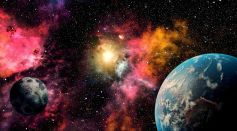
No, It's Not Planet X: Rogue Exoplanet Could Be Hiding in Oort Cloud at Solar System's Edge, Study Suggests

Which Planet in the Solar System Is Closest to Earth? Surprise, It’s neither Venus nor Mars

Giant Cyclone Spotted for the First Time in Uranus' North Pole, Confirming All Planets in the Solar System Can Have Polar Vortices

James Webb Space Telescope Detects Water Vapor in the Asteroid Belt, Confirming the Origin of Oceans on Earth
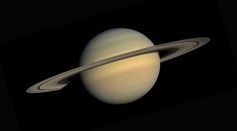
Saturn's Rings Are No Older Than 400 Million Years Old, Younger Than the Gas Giant Planet Itself

5th Brightest Star 'Vega' To Shine Visibly on All Evenings of May; Here's How and Where You Can Watch It
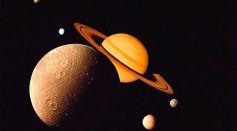
62 New Moons Discovered Orbiting Saturn, Totaling to 145 and Overthrowing Jupiter's Record
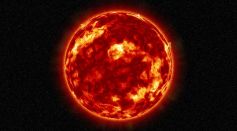
Solar Tantrums? Baby Sun's Strong Outbursts Could Have Fostered Life on Earth, Study Says
Space Colonization: How Long Will It Take To Build a Human Colony in Other Planets?
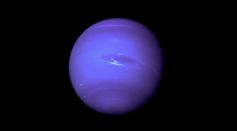
Neptune's Trojan Asteroids Mysteriously Redder Than Other Space Rocks in the Solar System

More Updates About Oumuamua: First Interstellar Comet's Strange Orbit Explained by Hydrogen Outgassing From Ice, Study
Most Popular

Largest Known Volcanic Aquifer Discovered Beneath Oregon's Cascades

New 'Supergiant' Sea Bug Found in South China Sea, Named After Darth Vader

Mediterranean Sea Was Refilled by a Catastrophic Flood Millions of Years Ago

Mysterious Cosmic Waves That Sound Like Birds Detected in Unexpected Space Region





